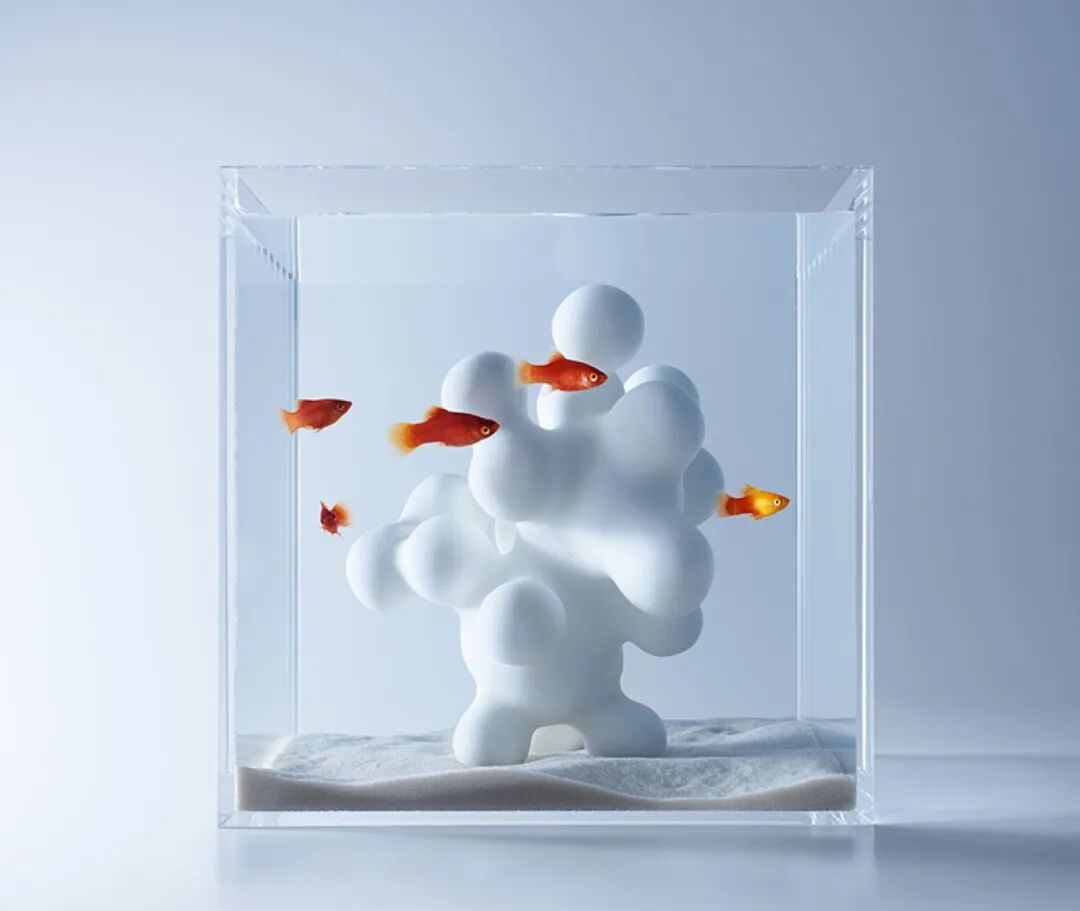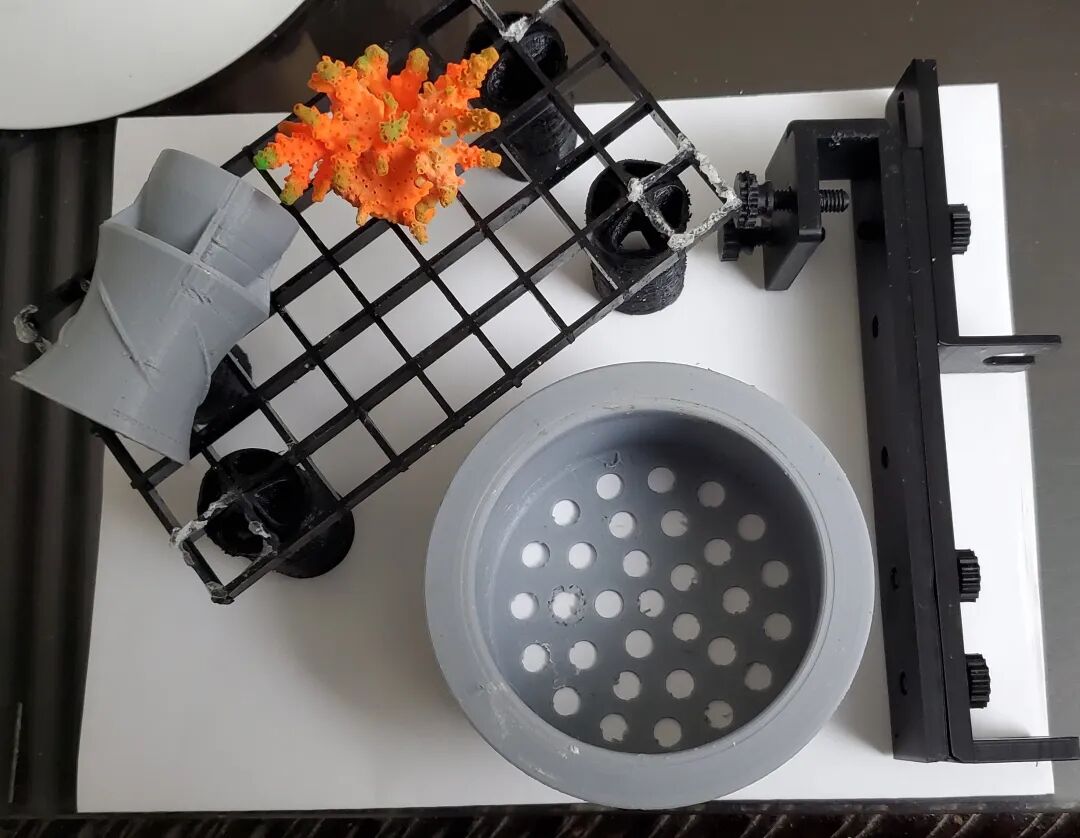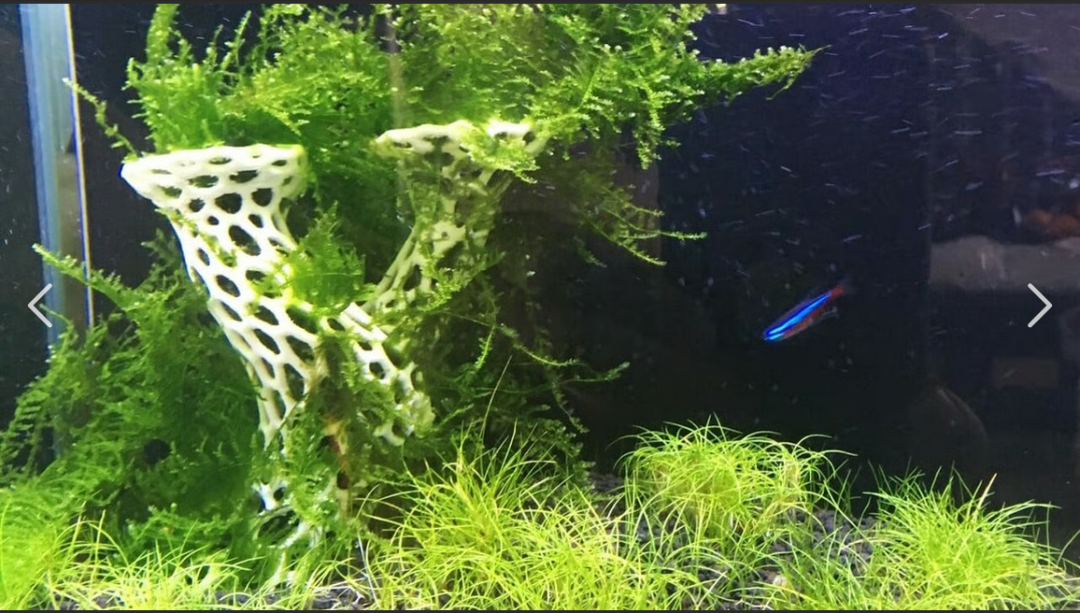
3D printing technology has creative and practical applications in aquariums. Through customized design and functional integration, it can enhance the aesthetic appeal of the landscape while optimizing the aquarium ecosystem. The specific applications can be broadly divided into two categories:Landscape Decoration and Personalized and Practical Tools.
NO.1
NO.1
Landscape Decoration
……
3D printing can produce decorative items, such as printing artificial natural rocks, coral skeletons, or seabed topography. By mimicking the surface structure of real rock holes or coral formations, it creates a rich ecological environment that provides hiding spaces for fish;
……

……
It can also be used to design fantastical scenes according to preferences, such as shipwrecks, underwater castles, or prehistoric relics, enhancing the viewing experience.
……

NO.2
NO.2
Personalized and Practical Tools
……
It can be used for functional component design, customizing filtration components to optimize the filtration system. For example, printing uniquely shaped filter material supports, pipe elbows, or diverters to adapt the water flow direction for aquariums of special sizes, and printing filter media for filtration, etc.;
……

……
Additionally, adjustable-height sensor mounts can be printed to secure thermometers, hygrometers, and light intensity meters, ensuring precise probe positioning. Hiding houses can also be printed to provide habitats for small organisms, and grid-like fish fry incubators can be printed for breeding small fish fry.
……

NO.3
NO.3
Considerations
……
When 3D printing aquarium components, the safety, water resistance, and chemical stability of materials are crucial. Commonly used materials include PLA, PETG, ABS;
……

……
Pure PLA materials and food-grade PLA materials pose no threat to organisms, but PLA materials with various additives may be hazardous. Additionally, PLA is 100% biodegradable, especially when submerged in water, typically degrading faster than in air, and has poor water resistance;
Similarly, food-grade PETG and ABS filaments are also relatively safe, and they are not biodegradable, with strong chemical stability and water resistance, making them suitable for use in aquariums.
……


Contact: [email protected]
Text and layout: Silence Editing and proofreading: Silence Image source: Internet, please delete if infringed Please indicate the source when reprinting